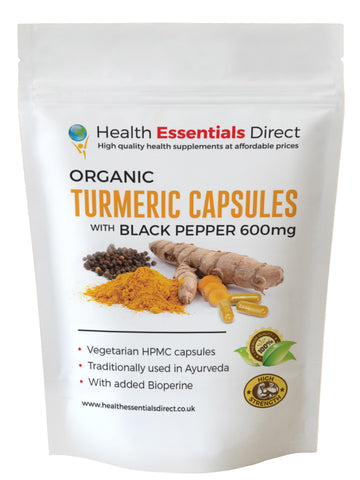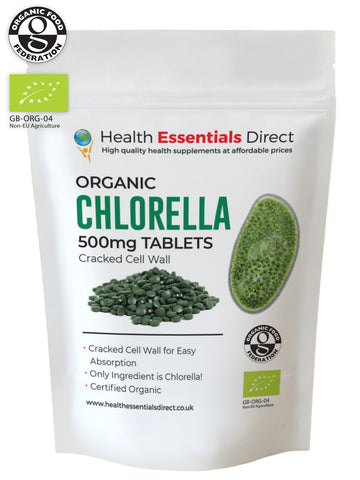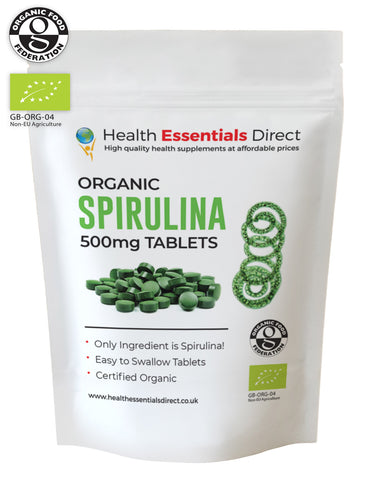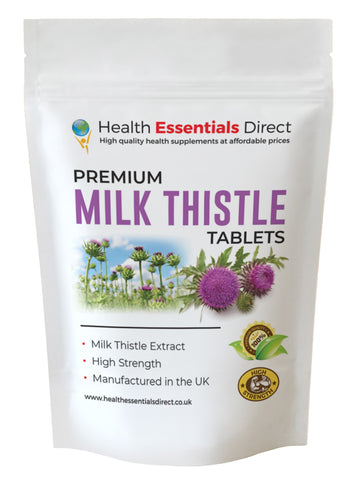Gotu Kola Capsules - Full Spectrum (Cognition)
Gotu Kola Capsules 400mg
-
One of the Main Herbs Taken by Li Ching Yuen
-
100% Gotu Kola, No Fillers
-
Vegan HPMC Capsules
About Gotu Kola
Gotu kola (Centella asiatica) is a low-growing perennial plant that is native to India, China, Indonesia, Sri Lanka and Japan. Over the recent past, its cultivation has also spread massively in South Africa and the South Pacific region. Other names used to refer to the plant include pennywort, marsh penny, water pennywort, Indian pennywort, sombrerito, Asiatic pennywort, mandukparni, jalbrahmi, and sheep rot. It was referred to as sheep rot since it was believed to bring about footrot once sheep interacted with it. It is also referred to as the ‘fountain of life’ due to the belief held over centuries that it contributes to a longer lifespan for both humans and animals. Gotu kola belongs to the same family as parsley and carrots. However, unlike parsley, the plant is tasteless and odourless.
The gotu kola plant thrives in wetlands where water is plenty. The most useful part of the gotu kola plant is the leaves. The stalks of the low-lying plant also contain a sizeable proportion of bioactive compounds. They are often dried and ground into powder. The leaves of the plant are shaped like cups and are a common vegetable especially in the Asian continent. The plant is highly adaptive to different environmental conditions. In a relatively dry climate, the plant possesses numerous roots that run deep into the soil. Also, the leaves are relatively tiny. In a region with plenty of water e.g. in a swamp, the plant develops large spongy leaves which enable it to stay afloat in the course of growth. The plant thrives in relatively wet conditions in altitudes of about 2000m above sea level.
The gotu kola plant has a rich history that spans thousands of years. The earliest use of the plant is traced to the Asian continent. Inhabitants in South India believed that the elephants there interacted better with humans and had a sound memory since they fed on the plant. In China, the plant was mentioned in ‘Shennong Herbal’, a collection of ancient texts which go as far as 200-100BC. It was believed that an ancient Chinese herbalist, Lee Ching-yuen consumed gotu kola quite often and lived for over 200 years.
More interesting information on Li Ching-Yen can be found on wikipedia:
https://en.wikipedia.org/wiki/Li_Ching-Yuen
The plant has also been used by yogis in meditation for centuries, this is because they believe that it brings about peace and calmness. Also, the leaves were split open and then rubbed on different types of wounds e.g. cuts and burns. Also, the leaves were included in numerous Asian cuisines. They were especially fed on children of school-going age. In ancient Chinese texts, the gotu kola plant is classified as one of the many “miracle elixirs of life”. This is due to its varied application and impact upon consumption by the Chinese natives. Also, the Hla people who reside in Sri Lanka have a common adage that goes "Two leaves a day will keep old age away". The saying points to the impact that they believe the plant has on their longevity.
- Please note it is against MHRA guidelines for us to talk about any potential health benefits for this supplement however a quick google search on the potential benefits and you may be surprised.
How to use: We suggest taking 2 - 3 capsules daily with water .







